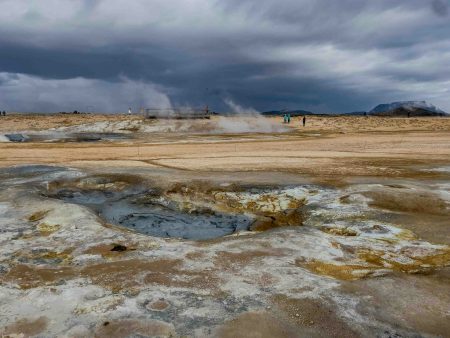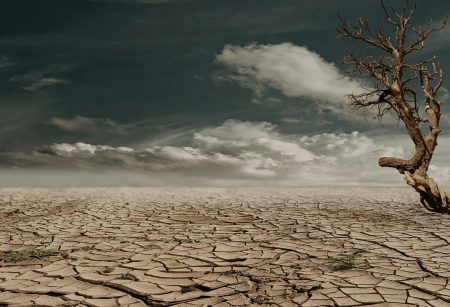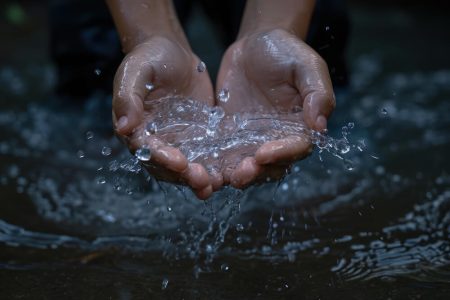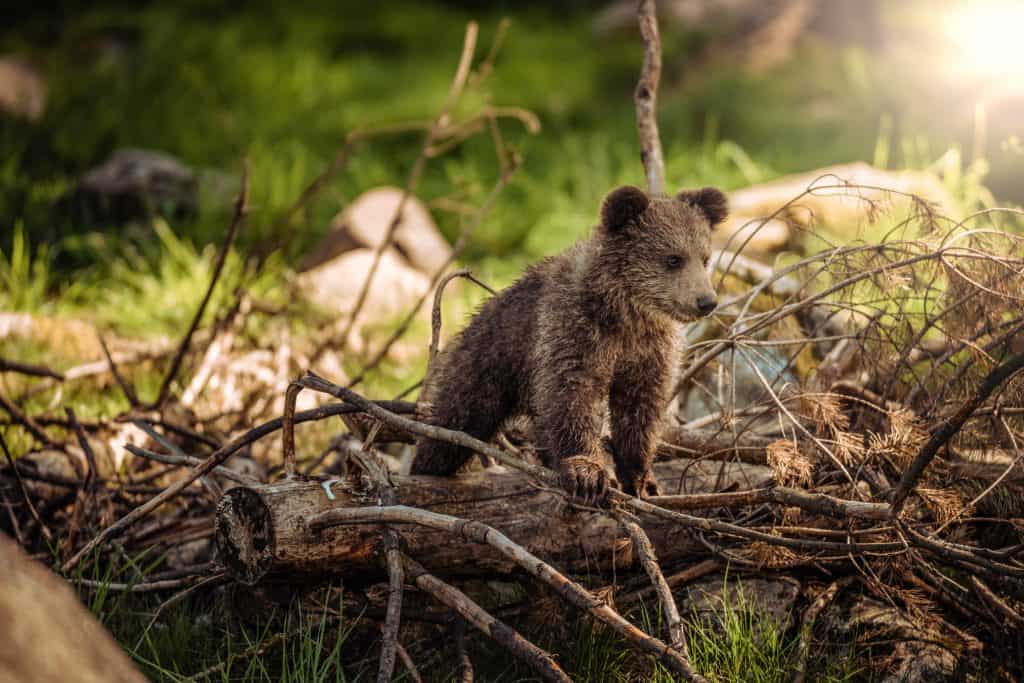
In This Article
Climate change is the most significant and far-reaching threat facing humanity today. Scientists, policy makers, governments and other organizations from around the world are working tirelessly to reduce human impact on the environment, as well as mitigate the changes that are already happening to our planet.
Most of the habitats in our planet are shifting, shrinking or outright disappearing entirely from the planet, and we need to understand how it affects us and the future of our planet.
Changing weather patterns, changing habitats
How and why climate change affects our ecosystems and the wildlife that lives in them is an important question to forming solutions. We know that human activity since the Industrial Revolution has drastically increased the world´s greenhouse gases in the atmosphere. As carbon dioxide, methane, and other gases increase, they act as a blanket, trapping heat coming from the Sun in our atmosphere and warming the planet. This has increased Earth´s average temperature by about 1.1°C since 1900, which has had some massive effects on the planets ecosystems.
In the past couple of decades, he have seen how weather patterns have been distorted. According to the IPCC´s 2021 Climate Change: Physical Science Report, some of the key effects of climate change are described as follows:
Changes on seasonal temperature:
As the Earth´s average temperature increases every year, increases may be larger in certain seasons than in others. For example, the US Environmental Protection Agency reported that between 1896 to 2021, the average temperature across each season has increased by a few degrees, and is consistent with changes in weather patterns, shorter winters and longer growing seasons
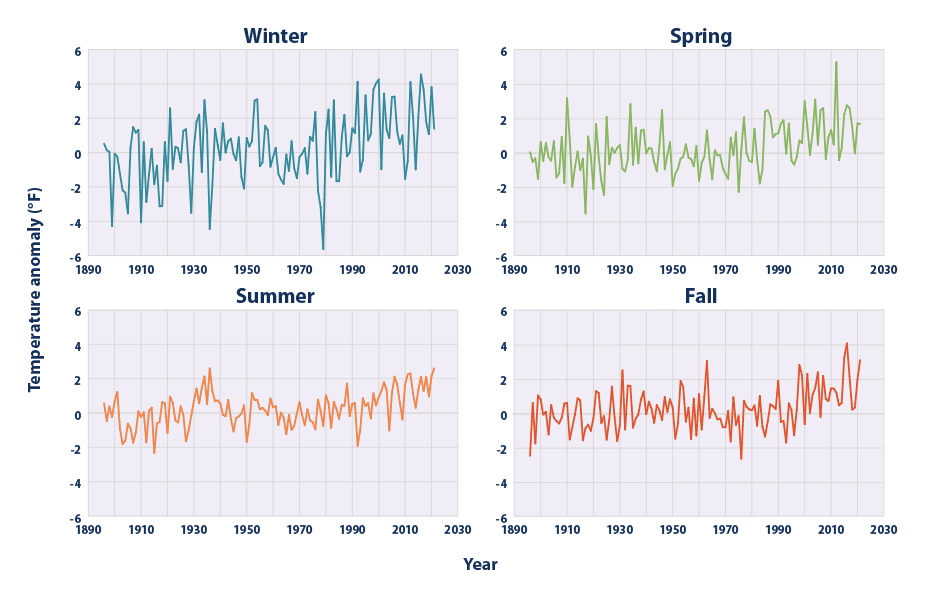
These changes in the world temperature also affects the timing of seasonal events, such as flowering and migration, which affect how species interact with one another.
Extreme weather events:
Higher and lower temperatures across the world have become more common in the last couple decades. This has led to an increase in the amount and intensity of prolonged droughts, heat waves, intense storms and floodings which have devastated natural habitats across the world. Furthermore, and according to the 2021 IPCC Report, these extreme weather events will become more unpredictable as the Earth continues to get warmer, appearing at new locations at different times of the year or as a combination of multiple events.
We are already experiencing some of these unpredictable events. One example of these is the hurricane Otis that struck the Pacific Coast of Mexico on October 25, 2023. Just twelve hours before arriving and Mexican shorelines, Otis was a simple tropical storm with sustained winds of 65 miles per hour. Initial prediction models and satellite images didn´t show that this event would intensify significantly. However, in just 10 hours the storm rapidly intensified into a ferocious Category 5 hurricane which decimated the Mexican city of Acapulco.
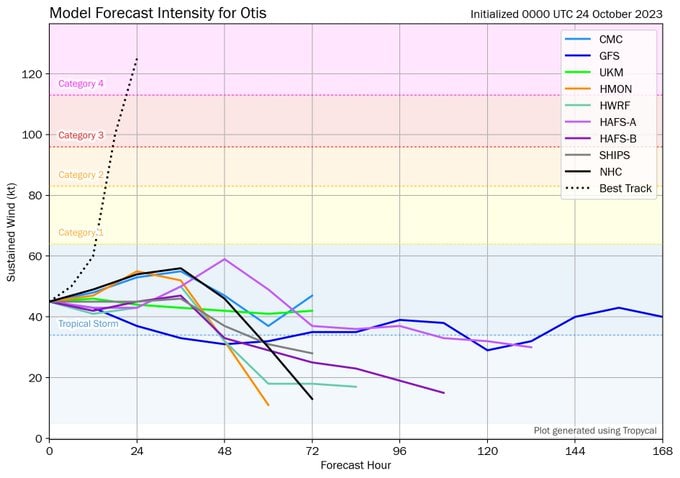
Otis’ intensification surprised the entire scientific community, as no forecast model predicted it to happen in the first place. This sorts of events are expected to become much more common as the planet continues to get warmer.
Habitat destruction and wildlife extinction
Today, Earth´s biodiversity is in a state of crisis. The changes in climate patterns described before, added to human activities that directly destroy ecosystems like overfishing, overhunting, traditional tourism, have altered the conditions of marine, terrestrial and freshwater ecosystems all around the world and destroyed ecosystems on a global scale. While some species have been able to adapt by changing their behavior and physical characteristics, most can´t.
Globally, it is estimated that at least 25% of all plant and animal species are already threatened and around 1 million species has already faced extinction. Currently, species are disappearing between 10 and 1,000 times faster compared to most accepted background rate estimations. This highly suggest that human activity has started a sixth mass extinction event – the first of its kind in Earth´s history.
This loss of biodiversity is already having far-reaching consequences, disrupting the intricate web of life that binds everything together. It disrupts the delicate balance of predator-prey relationships, it destroys the ability of entire ecosystems to provide critical ecosystem services like fresh food and water, as well as natural carbon capture and storage services and it also increases the likelihood for pests and diseases to spread. In turn, loss of biodiversity accelerates as ecosystems become incapable of adapting to straining circumstances, reinforcing the conditions for mass extinction od species.
What can you we in our daily lives
We all need to work together to protect our ecosystems and the wildlife that live in them. It is necessary that governments, international organizations and companies continue to work together to implement a systematic and organized strategy to reduce carbon emissions from human activity, capture and sequestrate carbon emitted from the atmosphere, protect, maintain and restore damaged ecosystems and incorporate renewable energy in the world´s energy matrices. However, we, as regular people can also contribute to mitigate our effects on the environment on our day to day lives.
Some of the things that we can do are listed as follows:
- Conscious Transportation Choices: Opt for walking, biking, carpooling, or using public transportation whenever possible. Consider electric or fuel-efficient vehicles if you need to drive.
- Energy Conservation: Conserve energy by using energy-efficient appliances and lighting, and turn off lights and devices when not in use.
- Reduce, Reuse, Recycle: Minimize waste by reducing single-use plastics, reusing items, and recycling materials properly.
- Choose Sustainable Products: Support companies that prioritize sustainability and eco-friendly practices. Look for certifications like Fair Trade and FSC (Forest Stewardship Council).
- Conserve Water: Use water-efficient appliances and fixtures, and even implement rainwater collection strategies in your own home for outdoor uses.
- Responsible Tourism:
- Donate to Conservation Organizations: Contribute financially to organizations working to protect wildlife and habitats, as well as Natural Protected Areas.
- Most importantly, Keep Yourself and your Family Informed
The fight against habitat destruction and wildlife extinction is the most important that we have ever faced and we can all contribute to it with the choices we make. Taking actionable steps while pressuring our governments to take action we can all collectively work towards a more sustainable future, to ensure our children and grandchildren will be able to enjoy the planet that we have today.
Every small action counts. Together, we can make a significant difference.

